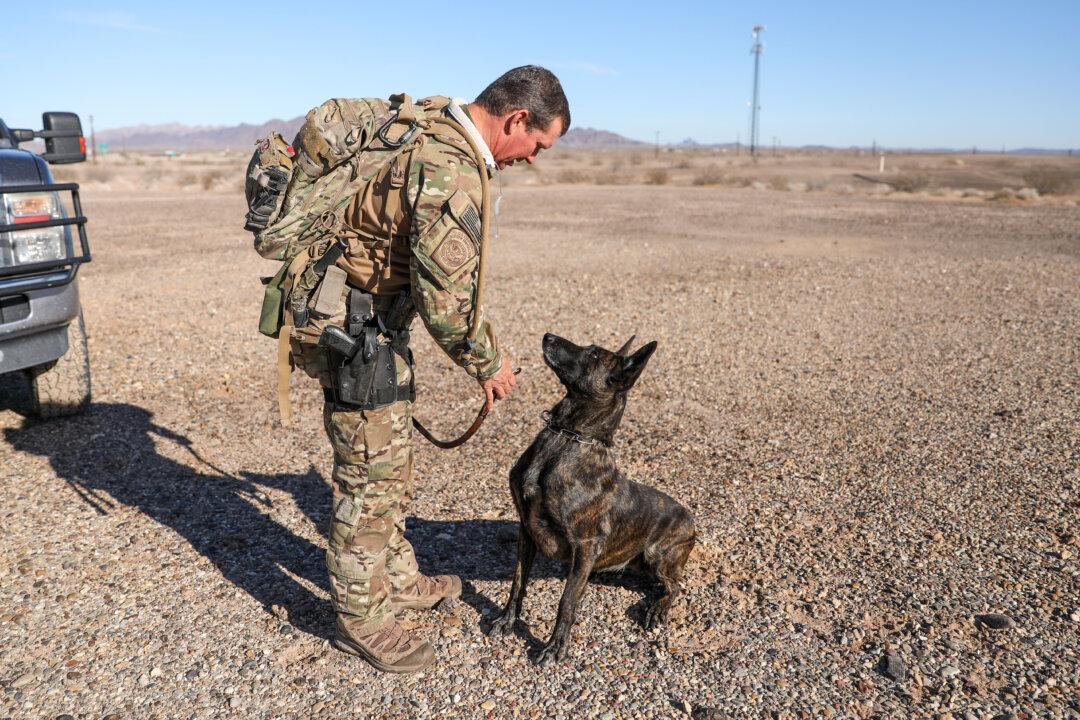YUMA, Ariz.—Chad Smith kicks the dirt, seeking to discern the wind’s direction. To the untrained eye, it’s imperceptible on this still, dry day in the desert.
But Smith immediately gets it and positions himself downwind.


YUMA, Ariz.—Chad Smith kicks the dirt, seeking to discern the wind’s direction. To the untrained eye, it’s imperceptible on this still, dry day in the desert.
But Smith immediately gets it and positions himself downwind.